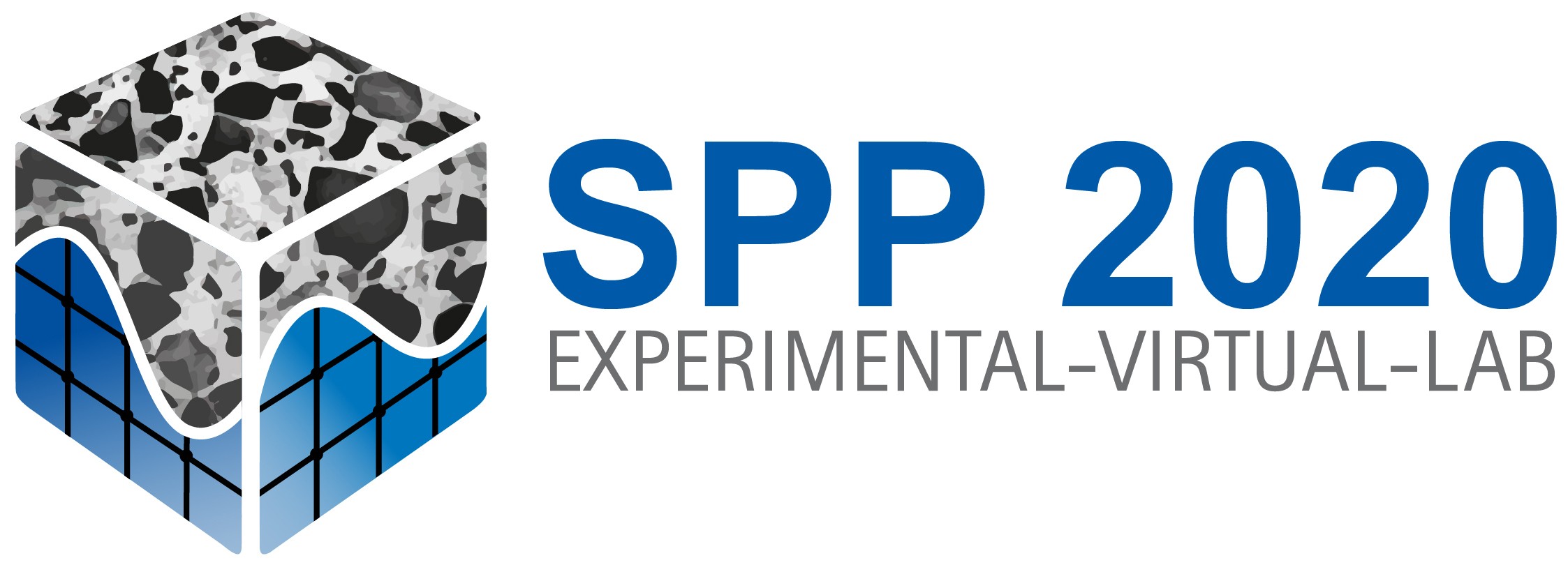Research-Assistants
Project description
Fatigue response of high strength concrete has become a subject of intensive research during the recent decade. To comprehensively describe and interpret the fundamental mechanisms governing the fatigue damage propagation and to identify the phenomenological differences with respect to normal strength concrete, advanced numerical models accompanied with appropriate experimental methods are needed. A hypothesis on fatigue damage primarily driven by a cumulative measure of strain postulated recently for normal strength concrete has shown a great potential to capture and explain the fatigue phenomenology of cementitious materials. Therefore, it has been chosen as the basic theoretical concept to be further developed and validated for high strength concrete within this research endeavor. The coordinated numerical and experimental research will span over three levels of observation including non-uniform damage evolution with localized failure (Level 1), uniform damage evolution (Level 2), and inter-aggregate interaction (Level 3).At Level 1, detailed 3D tessellations of the aggregate skeleton will be used to study the damage localization due to inter-aggregate sliding and microcrack evolution within an lattice discrete model (LDM). Based on these simulations, a new experimental method will be devised aiming to isolate the key mechanism of fatigue damage evolution on tubular specimens exposed to combined torsional and axial load. A salient feature of the developed test method will be the ability to induce a stable, macroscopically uniform fatigue damage evolution within a tested zone. At Level 2, the uniformity of the damage process will be exploited for dimensional reduction of the model, that allows for efficient simulations accounting for the three-axial stress redistribution during fatigue loading with up to millions of cycles. The microplane model (MM) will be used to reproduce the uniformly evolving, damage-induced anisotropy within the tested process zone. At Level 3, the inter-aggregate interaction will be addressed by coordinated numerical modeling and testing to characterize the borderline aggregate configurations inducing either shear or compression within the cement paste layer. Based on the described coverage of the three levels of observation with the systematic characterization of local mechanisms, the postulated hypothesis will be validated using standard testing methods with non-uniform fatigue damage evolution (compressive tests). The results will serve as a basis for a realistic and efficient prediction of fatigue behavior of high strength concrete structures exposed to general loading conditions that can be incorporated into the Experimental-Virtual-Lab established within the priority program SPP2020.
